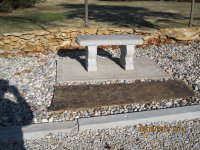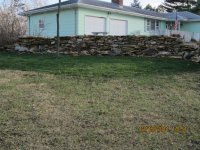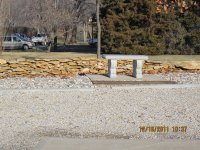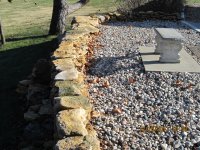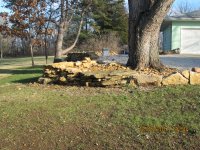check
Elite Member
- Joined
- Sep 26, 2008
- Messages
- 4,164
- Tractor
- 2009 Kubota BX25
Our rental college just sits on peers. I was going to do something for a second story, and was worried that the inspector would insist on digging down 4 feet. However, a Soils Engineer came by and said that the soil was so rocky and Sandy that there would be no frost heave.
So definitely check out what kind of soil you have. You may not need to worry about frost heave at all
So definitely check out what kind of soil you have. You may not need to worry about frost heave at all
